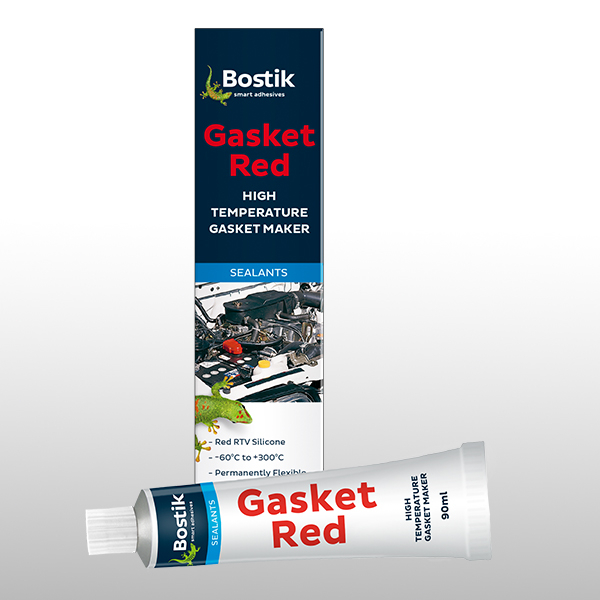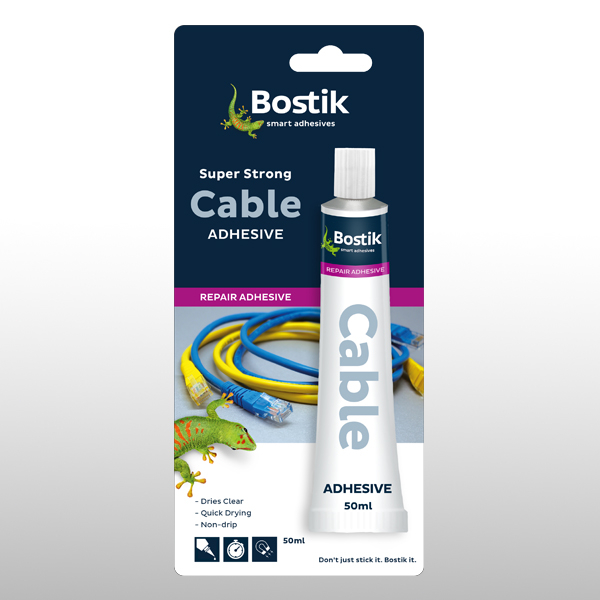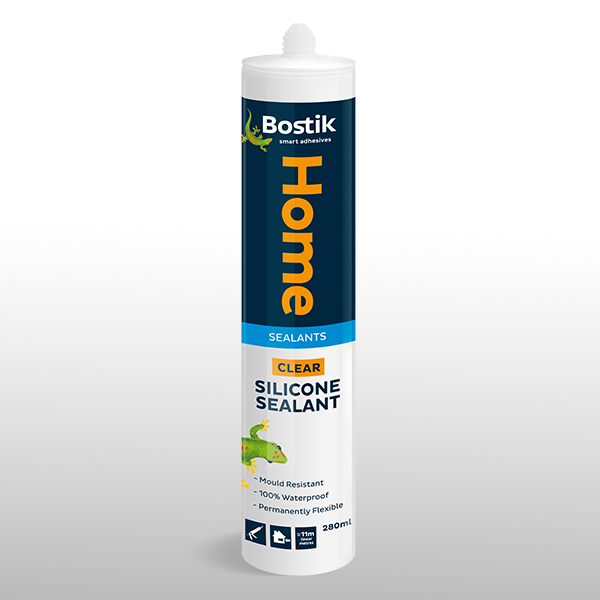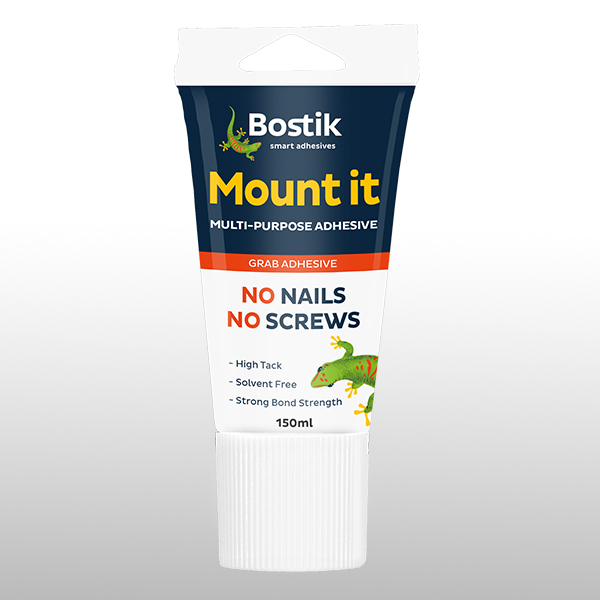SUPER GASKET
A high quality neutral curing silicone sealant that cures to a permanently flexible, durable rubberized seal.
Black
Features & benefits
Capable of withstanding temperature extremes (-60°C to +300°C short term exposure, and 260°C long term exposure), Super Gasket offers excellent chemical resistance to mineral oil, petrol, transmission fluid, antifreeze, alcohols, dilute acids, and alkalis, soaps and household detergents. The sealant is extremely resistant to UV radiation, weathering and ageing. It also performs as an excellent adhesive on non-porous surfaces where an elastic gap-filling bond is required. It has a non-sag rheology and can be applied to vertical surfaces.
Formulated to replace cork, felt, rubber and asbestos gaskets. Can be applied to numerous areas, such as axle covers, bearing cap seals, fuel pumps to blocks, intake manifolds, keyway slots, oil filter housing to blocks, window gaskets and seals, bearing plate gasket, engine base gasket, tappet covers, valve covers, water pumps and associative housings. It is also suitable to be used in place of lamp cover gaskets, lamp housing gaskets, to seal ignition units and cable entry points.
Super Gasket adheres to all types of alloys and metal used in engine and motor construction. It exhibits excellent primerless adhesion to many non-porous materials e.g. ceramics, glass, enamel, porcelain, coated wood, painted surfaces, canvas, some rubbers, most metals (mild steel, aluminium, lead, copper, tin, galvanized iron, brass or zinc) and some plastics (epoxide, acrylics, polyester, polyacrylate, polystyrene, formica, fiberglass, acrylics, polycarbonates and rigid PVC). Also suitable for use on alkaline surfaces such as concrete, fibrous cement, mortar and plaster.
Not suitable for permanent immersion in petrol. Temperature resistant to a maximum of 300°C (short term exposure). Not suitable for replacing of composite cylinder head gaskets, especially where tolerances are predetermined and are critical to engine performance.
Will not adhere to some plastics such as polyethylene, polypropylene and Teflon.
Not paintable!
Downloads & resources
Bostik DIY South Africa Repair - Super Gasked Technical Data Sheet (303.17 KB)
Bostik DIY South Africa Repair - Super Gasked Safety Data Sheet (161.59 KB)
How to use
- Ensure surfaces are clean, dry and free of loose materials, dust, grease, rust and other contaminants.
- Remove the cap and pierce seal with reverse side of cap.
- Cut the nozzle to desired bead size and screw onto tube.
- Apply silicone at a slight angle in a continuous bead to the prepared joint.
- After use, remove the nozzle, wipe clear and replace the cap firmly.
- Remove unwanted silicone immediately.
- Smooth down after application before skin formation occurs, by using a flat or rounded tool.
- Sealant skins in 15 minutes, dries to touch in 1 hour and reaches full cure after approximately 24 hours.
FAQs
Can I use alcohol to clean silicone?
No. Alcohol based cleaners should not be used for cleaning surfaces as alcohol inhibits the cure of silicones. Soaps or detergents used to clean the surface must be rinsed away thoroughly with clean water to ensure that all traces of the soaps are removed before sealing.
How do I remove uncured silicone?
Uncured silicone can be removed from the hands or tools using a clean solvent soaked cloth, e.g. turpentine or paraffin. If removing uncured silicone from clothing, check fabric colour fastness before applying solvents.
How do I remove cured silicone?
Cured sealant must be removed mechanically with a sharp knife or chemically with Bostik Silicone Stripper. Always test on a small surface first.
Find new, smarter ways of doing things.

Find out what product you need, how to use it and where to buy it.
PRODUCT FINDER



